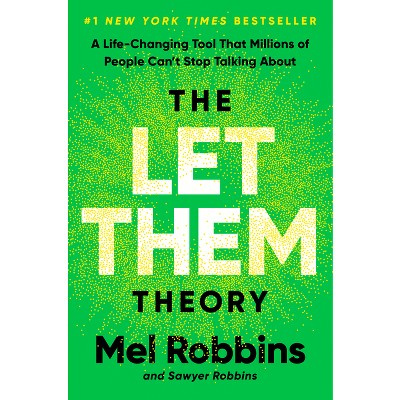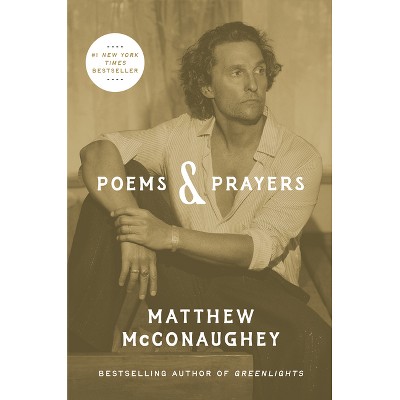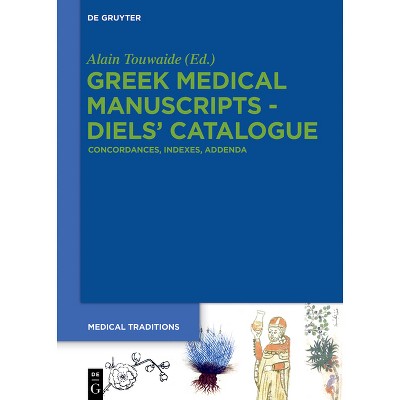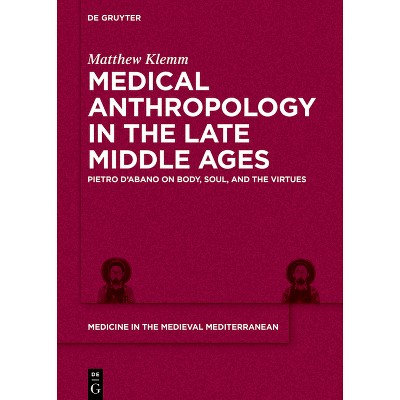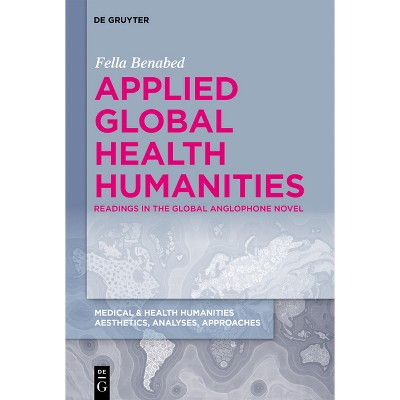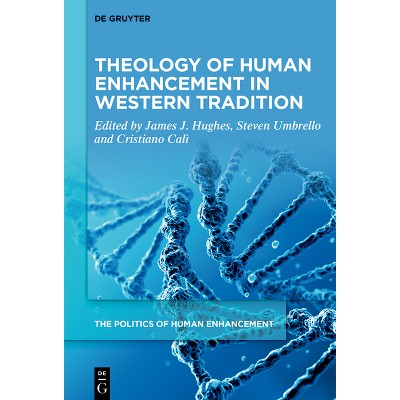Sponsored

Plants in 16th and 17th Century - (Medical Traditions) by Fabrizio Baldassarri (Paperback)
In Stock
Sponsored
About this item
Highlights
- In the pre-modern times, while medicine was still relying on classical authorities on herbal remedies, a new engagement with the plant world emerged.
- About the Author: Fabrizio Baldassarri, Ca' Foscari University Venice, Italy.
- 276 Pages
- History, Ancient
- Series Name: Medical Traditions
Description
About the Book
This volume collects essays on the various and multifaceted role the study of botany played as a branch of the medical discipline in the early modern time. Dealing with the methodologies of transmitting botanical knowledge, the practices with plantsBook Synopsis
In the pre-modern times, while medicine was still relying on classical authorities on herbal remedies, a new engagement with the plant world emerged. This volume follows intertwined strands in the study of plants, examining newly introduced species that captured physicians' curiosity, expanded their therapeutic arsenal, and challenged their long-held medical theories. The development of herbaria, the creation of botanical gardens, and the inspection of plants contributed to a new understanding of the vegetal world. Increased attention to plants led to account for their therapeutic virtues, to test and produce new drugs, to recognize the physical properties of plants, and to develop a new plant science and medicine.From the Back Cover
In the pre-modern times, while medicine was still relying on classical authorities on herbal remedies, a new engagement with the plant world emerged. This volume follows intertwined strands in the study of plants, examining newly introduced species that captured physicians' curiosity, expanded their therapeutic arsenal, and challenged their long-held medical theories. The development of herbaria, the creation of botanical gardens, and the inspection of plants contributed to a new understanding of the vegetal world. Increased attention to plants led to account for their therapeutic virtues, to test and produce new drugs, to recognize the physical properties of plants, and to develop a new plant science and medicine.
About the Author
Fabrizio Baldassarri, Ca' Foscari University Venice, Italy.Shipping details
Return details
Trending Non-Fiction
